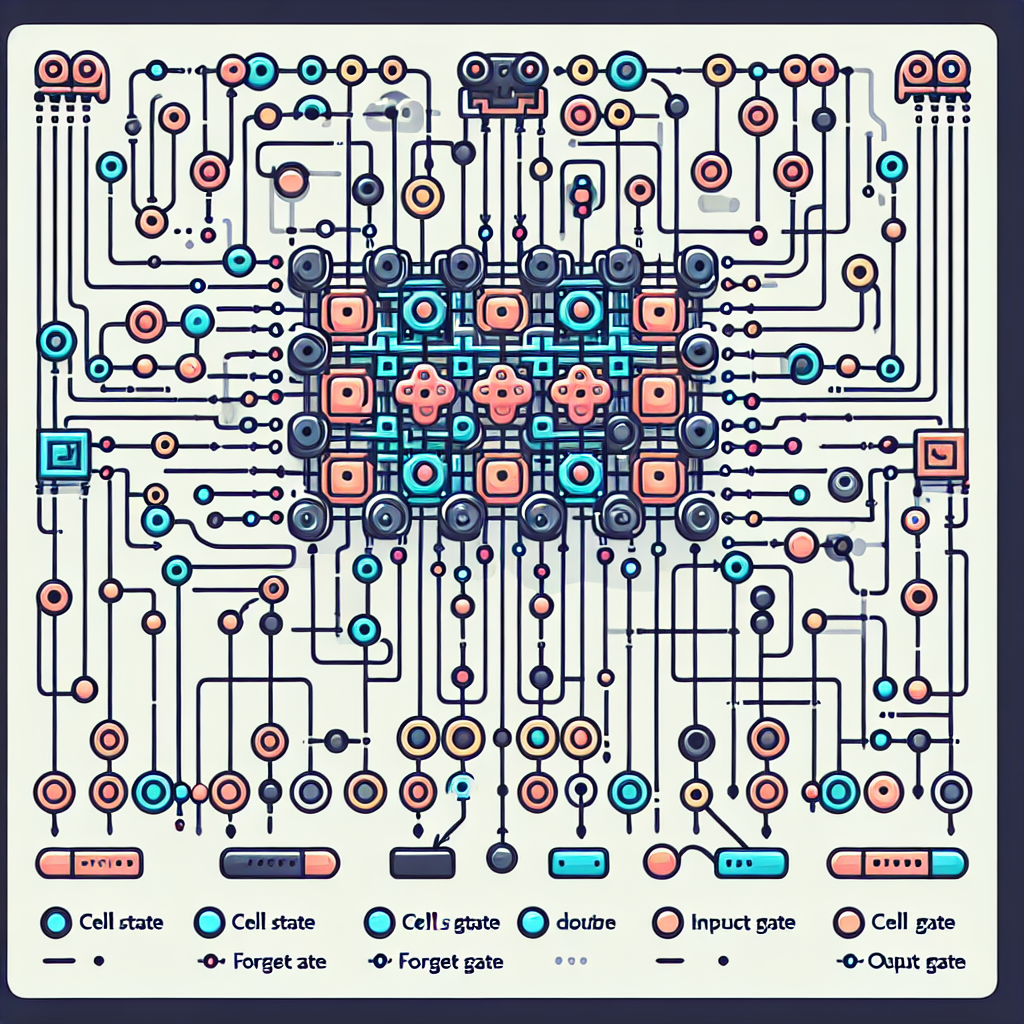When it comes to analyzing sequential data, recurrent neural networks (RNNs) have proven to be a powerful tool. However, traditional RNNs have limitations when it comes to learning long-term dependencies in sequences. This is where Long Short-Term Memory (LSTM) networks come into play.
LSTM networks are a type of RNN architecture that is specifically designed to overcome the vanishing gradient problem that plagues traditional RNNs. The vanishing gradient problem occurs when gradients become extremely small as they are backpropagated through time, making it difficult for the network to learn long-range dependencies.
LSTM networks address this issue by introducing a memory cell that can store information over long periods of time. This memory cell is controlled by three gates: the input gate, the forget gate, and the output gate. The input gate regulates the flow of new information into the cell, the forget gate controls what information is retained or forgotten from the cell, and the output gate determines what information is passed on to the next time step.
By carefully controlling the flow of information through these gates, LSTM networks are able to learn long-term dependencies in sequences with greater ease than traditional RNNs. This makes them particularly well-suited for tasks such as speech recognition, machine translation, and text generation.
One of the key advantages of LSTM networks is their ability to handle sequences of varying lengths. This is important in real-world applications where data may not always be of a fixed length. LSTM networks are able to adapt to different input lengths by dynamically adjusting the memory cell and gate operations.
Another advantage of LSTM networks is their ability to handle sequences with long time lags. Traditional RNNs struggle with learning dependencies that are spread out over a large number of time steps, but LSTM networks are able to retain information over longer periods of time, making them better suited for tasks that require modeling complex temporal relationships.
In conclusion, LSTM networks are a powerful tool for analyzing sequential data and have proven to be highly effective in a wide range of applications. Their ability to learn long-term dependencies and handle sequences of varying lengths makes them a valuable asset for tasks that require modeling complex temporal dynamics. As the field of deep learning continues to evolve, LSTM networks are likely to play an increasingly important role in advancing the state-of-the-art in sequential data analysis.
#Deep #Dive #Long #ShortTerm #Memory #LSTM #Networks #type #RNN,rnn










